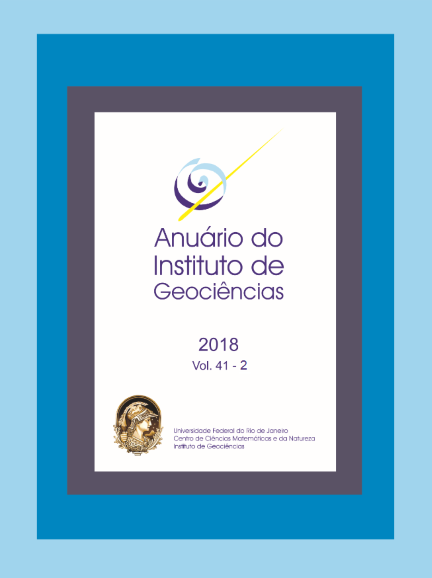Characterization of Rainfall Patterns in the Semiarid Brazil
DOI:
https://doi.org/10.11137/2018_2_397_409Keywords:
Semiarid, Precipitation, Agriculture, Rainy daysAbstract
The Semiarid Brazil (SAB) is the wettest semiarid region of the world, and its economy is strongly based on family farming, predominantly in non-irrigated conditions. Dryland farming in this region is influenced by climate variability, which increases the risk of crop losses during periods of drought. Thus, the objective of this study is to identify rainfall and number of rainy days patterns in the period from 1979 to 2014, using data provided by the Global Precipitation Climatology Project (GPCP). Cluster analysis was used in order to define homogeneous groups in terms of precipitation and number of rainy days within each month. The statistical technique of discriminant analysis was used to verify the classification of homogeneous groups as defined by the cluster analysis. Four precipitation groups were created in the SAB, namely SAB I, SAB II, SAB III and SAB IV, where SAB I is the wettest one. It comprises the southern and eastern portions of the SAB and has an average annual accumulated rainfall of about 1,000 mm. The SAB IV is the second wettest group and extends throughout the east of Alagoas, Pernambuco, Paraíba and Rio Grande do Norte states, Ceará and western Piauí, with an average annual total of 820 mm. SAB II and SAB III are the driest groups, with 748 and 570 mm respectively. The accuracy of the classification of precipitation groups was 94%. Regarding the number of rainy days, the east and the north of the SAB present the largest number of rainy days, in JFMA, with a total of 310 mm distributed in 81 days. In the western and southern portions of the SAB the same rainfall and number of rainy days behavior patterns were observed. The highest means were registered in NDJ, with a total of 451 mm in 64 days and 55 days, respectively. As for the dry months, July and August registered rainfall means of 8 mm in 11 and 9 days, respectively. The accuracy of the classification of groups by number of rainy days was 95%.Downloads
Download data is not yet available.
Downloads
Published
2019-09-09
How to Cite
Tinôco, I. C. M. (2019) “Characterization of Rainfall Patterns in the Semiarid Brazil”, Anuário do Instituto de Geociências. Rio de Janeiro, BR, 41(2), pp. 397–409. doi: 10.11137/2018_2_397_409.
Issue
Section
Article
License
This journal is licensed under a Creative Commons — Attribution 4.0 International — CC BY 4.0, which permits use, distribution and reproduction in any medium, provided the original work is properly cited.















